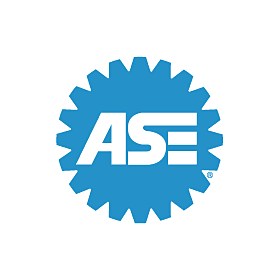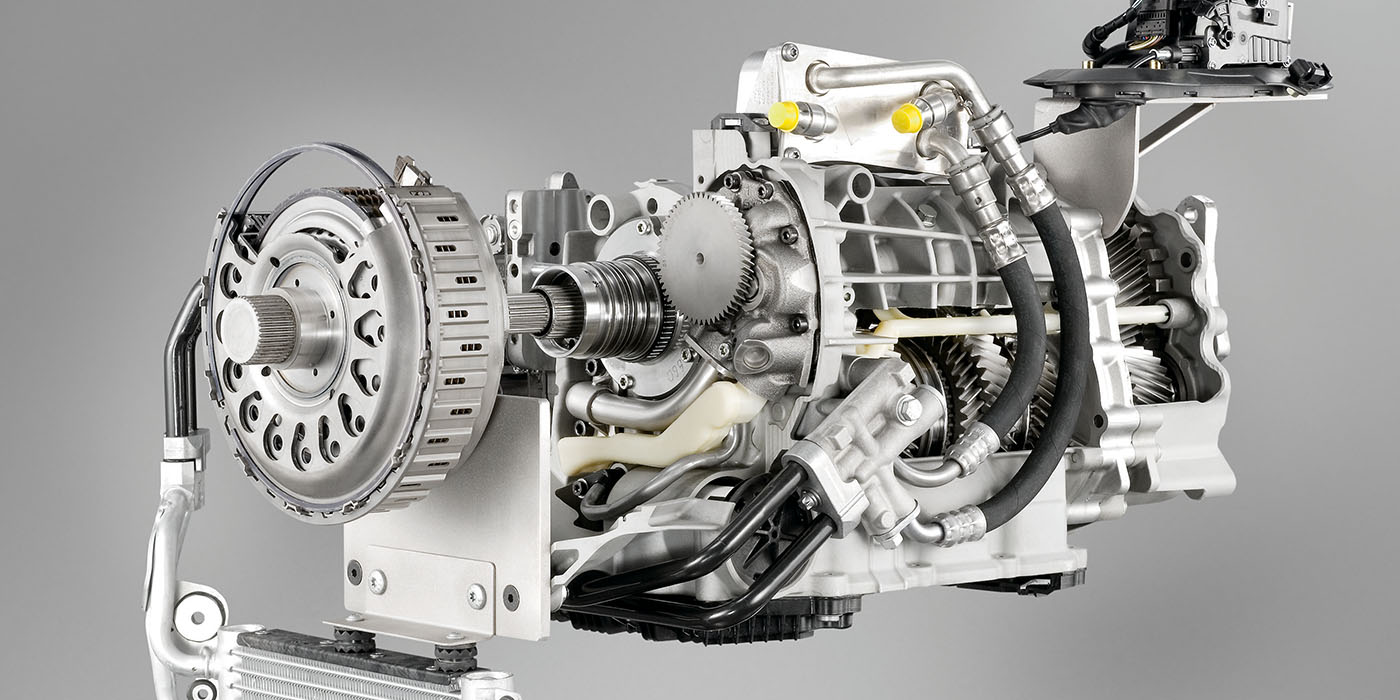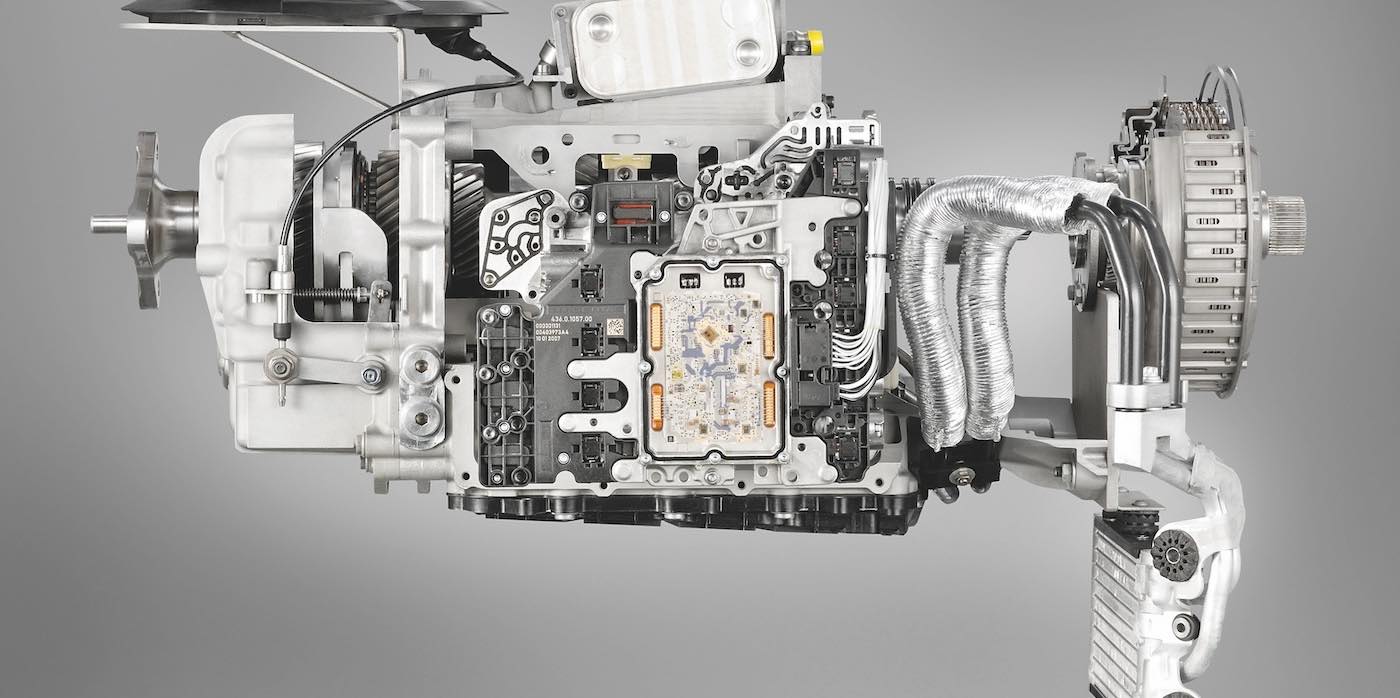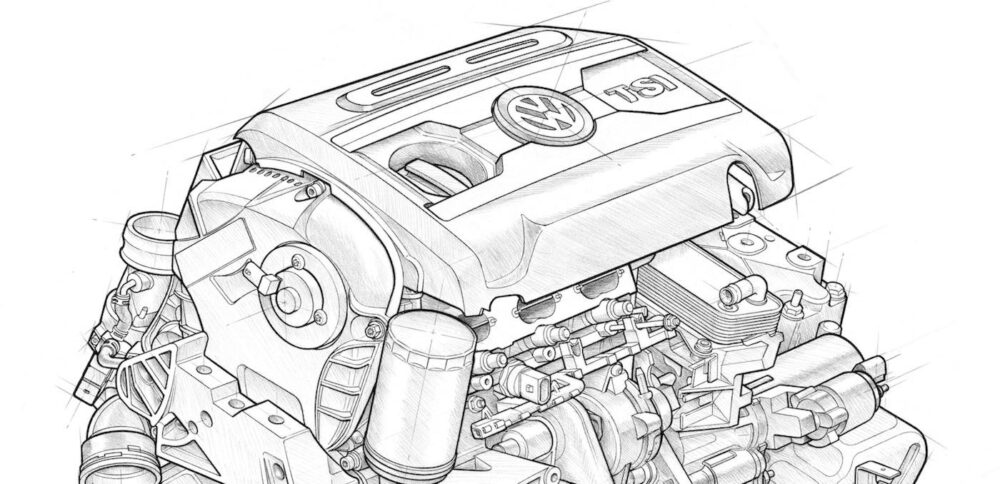
Audi TFSI/FSI: Oil Consumption And Carbon Buildup
Technical Service Bulletins can be valuable in helping solve vehicle problems. But sometimes, it takes multiple TSBs to find a pattern failure or the “root cause” of a problem. In the case of the Audi/VW 2.0L Fuel Stratified Injection (FSI) engine introduced in 2006, three problems related to engine carbon and fuel issues are connected
Technical Service Bulletins can be valuable in helping solve vehicle problems. But sometimes, it takes multiple TSBs to find a pattern failure or the “root cause” of a problem. In the case of the Audi/VW 2.0L Fuel Stratified Injection (FSI) engine introduced in 2006, three problems related to engine carbon and fuel issues are connected through multiple TSBs.
BMW Diagnostics: Low Airflow After Cabin Filter Replacement
Models: F97 X3 M F98 X4 M G01 X3 G02 X4 G20 3-Series SITUATION After replacing the microfilter during a previous service, the customer notices that the ventilation system airflow rate is noticeably less. This leads to perceived lower cooling power. The customer may also notice that external odors enter the vehicle. Related Articles –

Volvo Modular Engine Service
The Volvo Modular Series engine outlasted Ford and was retired by Geely. The Volvo modular design that can have four, five or six cylinders made its debut in 1990 in the 960 sedan as a six-cylinder and never stopped improving. Related Articles – Audi Active Suspension Service – How To Service BMW Tire Monitor Systems

BMW Dual Clutch Transmissions
BMW uses a wet clutch with separate inboard and outboard sections for the two sub-transmission.

BMW Cooling System Problems
Let’s take a closer look at this unique water pump, how to replace it efficiently and what other components should be replaced along with it.

Other Posts
Tech Tip: Checking Transmission Fluid Levels When Cold or Hot
Checking the fluid level before the transmission has reached the specified temperature might cause a false reading

Why Do Turbos Fail?
In the 1980s, it was not uncommon for a turbocharger on some European vehicles to last only 30,000 to 40,000 miles. The failures were almost always in the center section and caused by the lack of oil to cool and lubricate the bearings and shaft. Related Articles – Air Ride Diagnostics: Reservoirs and Compressors –

Air Ride Diagnostics: Reservoirs and Compressors
The secret to diagnosing air ride problems is knowing what criteria the system uses to regulate the compressor/reservoir and having the right tool.

BMW 4-Series Service
The 4-series does not stray far from the typical BMW engineering and operation.






